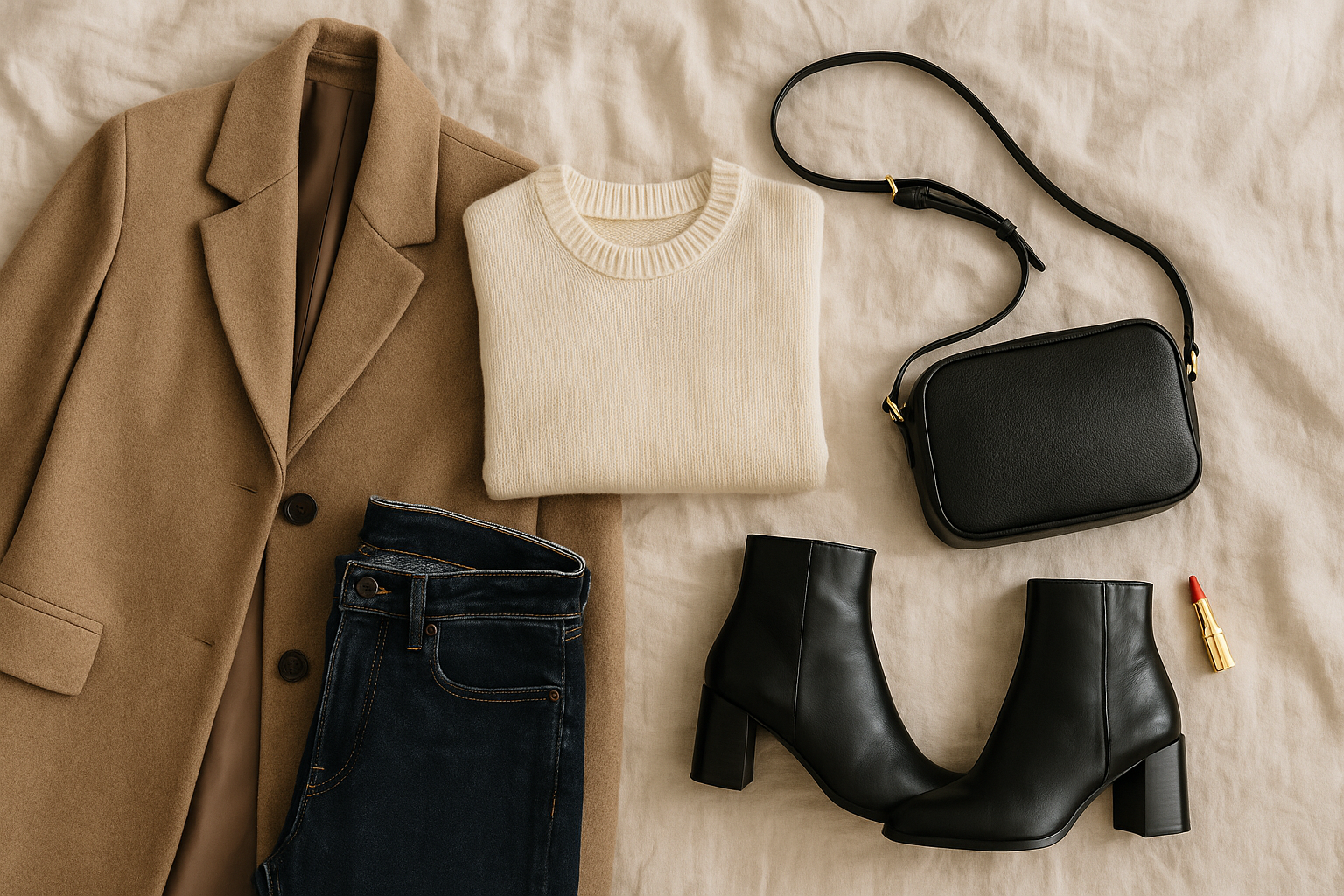
Black Friday used to be one day. Now it’s a month-long marathon where your inbox, browser, and brain all start buzzing with “Biggest Sale Ever!” notifications.
If your goal is to save money and sanity, the trick isn’t hunting for better discounts — it’s learning how to shop differently.
Here’s how to keep your wardrobe (and your head) intact this sales season.
🧭 1. Start With Data, Not Desire
Forget wish lists for a minute. Open your wardrobe data.
What have you actually worn this year? What earned its cost per wear? What’s sitting untouched since spring?
Use that information as your compass.
If you track your wardrobe with OpenWardrobe, look at your most-worn categories — they reveal where to invest. The neglected ones? That’s your “do not shop” list.
🪞Example: If you wore blazers 40 times but your fancy heels twice, guess which one deserves an upgrade?
Black Friday doesn’t reward impulse buyers; it rewards informed ones.
🧠 2. Know the Triggers That Hijack Your Brain
Marketers know how to get you. Their job is to make you feel FOMO, urgency, or self-improvement all at once. Recognizing the tactics helps you keep control.
Watch for:
- Identity Traps: “This bag = new you.” Spoiler: you’ll still be you.
- Urgency Pressure: Countdown timers that reset every few hours.
- Emotional Discounts: “You’ve earned this.” (You’ve also earned peace of mind.)
When you spot one, pause. Step away for ten minutes — or better, open your digital wardrobe and check if you already own a piece that serves the same function.
💸 3. Redefine “Deal”
A true deal isn’t the biggest discount — it’s the best value per use.
Ask yourself: How many wears or uses will I realistically get from this?
Divide the price by that number. That’s your real cost per wear.
A $300 coat worn 100 times costs $3 per wear. A $40 sequined top worn once costs $40 per wear.
You didn’t save $260 — you lost $37.
Once you start thinking like that, 70% off suddenly feels less impressive.
🧰 4. Use Tools That Think Before You Do
Instead of fighting the marketing machine alone, arm yourself with tech that helps you slow down.
- Your Style Blueprint shows what actually suits your color palette and body shape — so you don’t buy “almost right” pieces that sit unworn.
- Your digital wardrobe + LolaAI browser extension lets you see, while you shop, how each new item fits into what you already own.
Think of it as a shopping filter that says, “This looks good, but does it go with you?”
🧺 5. Upgrade Your Everyday, Ignore the Noise
This season, focus on quiet luxuries: the things that make your existing wardrobe work better.
- A professional alteration that revives your favorite coat
- A better garment steamer
- Replacing faded basics or tailoring trousers for perfect fit
- A refill of the lipstick you always finish
These aren’t impulse buys — they’re maintenance moves. You’re not chasing newness; you’re extending value.
💬 6. Wait for Alignment, Not Approval
Here’s a secret: the most stylish people aren’t the ones who find the best deals — they’re the ones whose clothes fit their lives.
So before you buy, ask:
- Where will I actually wear this?
- Does it fit how I live right now — not how I wish I lived?
- Will it still make sense next season?
If the answer feels solid, it’s a yes. If it needs convincing, it’s a no dressed up in marketing copy.
🧘♀️ 7. Make Room Before You Add
Every intentional purchase starts with space.
Donate or resell before you buy. Not as punishment — as clarity.
A tidy, well-edited closet tells you what’s missing and what’s enough. And that mindset makes you practically immune to fake urgency.
🌿 The Bottom Line
Black Friday doesn’t have to be an enemy of mindful dressing.
When you start from data, use tools that guide you, and buy for the life you actually live, sales stop feeling like traps — they become opportunities to refine.
You’re not missing out by skipping random deals. You’re opting into clarity.
Spend with intention, shop with insight, and let your wardrobe do the talking.


.svg)



